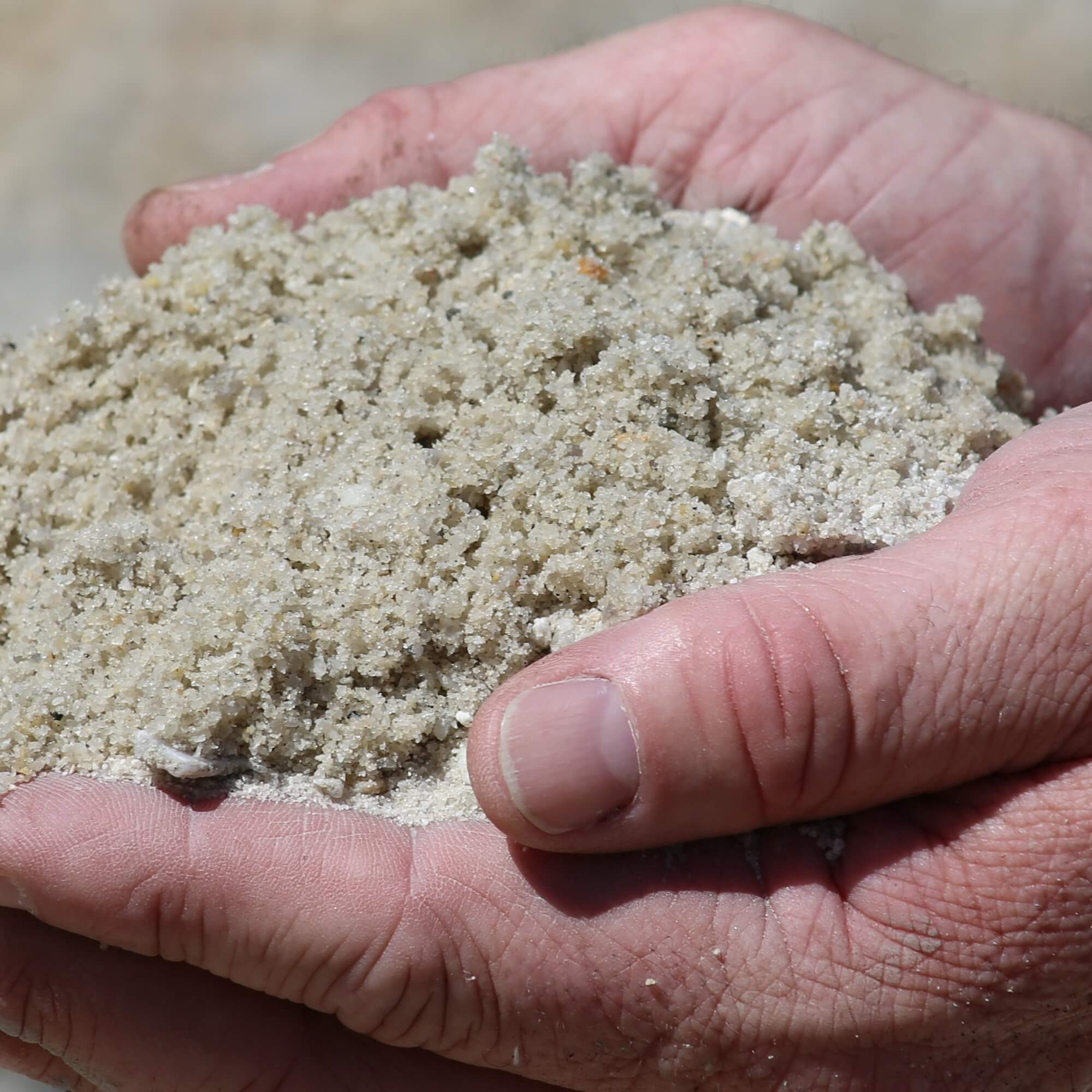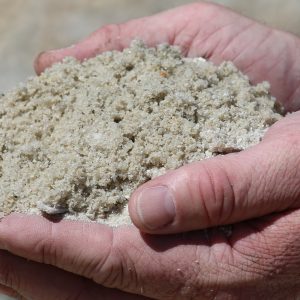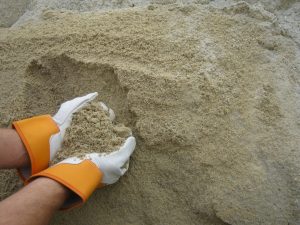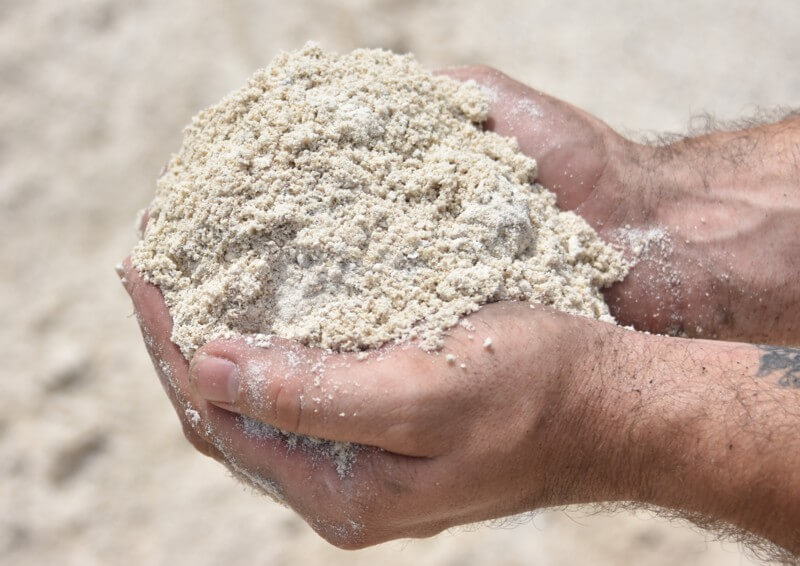
Types of Sands
1. Washed Sand
Washed sand is made from silica sand or any other form of sand that has been washed and rinsed after mining. The whole mixture is rinsed to remove salt, clay, silt, and other powders and dust. Sand is frequently separated and classified into grain sizes or grit sizes after it has been washed.
The following are the most prevalent varieties of washed sand: Sand for concrete. This sort of washed sand is used in construction to give a smoother pour and a cleaner finish to concrete or asphalt. Sand for masonry. Masonry sand is used in the same way as concrete sand is used in building. This is often a finer grit sand that has been sifted to obtain the grain homogeneity required for masonry bonding.
Sand that is white. This sand is typically used where aesthetics are a priority. Sand traps, man-made beaches, beach volleyball courts, and play sand are all examples of sand traps. Limestone is used as a whitener when the white hue isn’t accessible naturally.

Washed sand has a wide range of applications, and the following are some of the most frequent.
Washed Sand can be utilized in any application that calls for coarse-textured sand. It can be mixed with organic matter into native clay-based soils to help relieve compaction and enhance porosity. One of the most common coarse-textured sands. When weight isn’t an issue, A-1 Soils employs in their custom soil mixtures. Concrete sand has been used for palm backfilling, horse arenas, paver base, and mixed with cement and aggregate for concrete projects.

2. Sand of Silica
What is silica sand and how does it different from other types of sand?
Silica sand is a form of sand made up of quartz particles. Quartz is available in a wide spectrum of colors and microstructures. Other fine particles, such as pebbles and minerals, make up silica sand. The distinction between silica sand and washed sand is that the latter has been processed while the former has not. Silica sand has a wide range of applications.
Silica sand comes in a variety of colors, ranging from practically translucent to a deeper grey. It’s an odorless powder that might irritate the skin and eyes when it comes into touch with them. Inhaling silica sand irritates the respiratory tract as well. In fact, small particulates of silica dust from quartz rock contribute to silicosis, a chronic, progressive lung disease. Other physical characteristics include.
- 60.084 g/mol molecular weight
- 59.966756 g/mol (exact mass)
- At 760 mm Hg, the boiling point is 4046°F.
- 3110°F melting point
Silicon dioxide (SiO2) is a naturally occurring silicon-oxygen molecule. This is the most common chemical found in silica sand, and it comes in three different crystalline forms: quartz, tridymite, and cristobalite. SiO2 is formed by the covalent bonding of a single silicon atom with two oxygen atoms to form linear triatomic molecules. The following are some of the chemical properties of silica sand:
- Solubility: The substance is insoluble.
- Vapor pressure is around 0 mm/Hg.
- Noncombustible Heat Combustion
3. Concrete Sand
Concrete sand is a form of washed sand that is extracted from the earth. To eliminate fine silt and other impurities, the sand is then screened and cleaned. Concrete sand is mostly utilized in asphalt and concrete applications, and it is mixed with cement and water to create true concrete.
It’s ready to be poured and smoothed once it’s been blended before any finishing touches are added. Asphalt is created in a similar manner to concrete, except that it is heated to eliminate excess moisture before being combined with crushed stone and coated with asphalt.
Masonry sand is processed in the same way that concrete sand is, with the exception that the former is sifted through a finer screen. This ensures that the grains are as close as possible to one another. Masonry sand is used to connect building blocks and fill in uneven gaps in mortar. The sand is blended with water and cement to make masonry sand mortar. This produces a binding agent that can be used to strengthen building materials as well as provide beautiful patterns to stone walls.
4. Sand For Masonry
The same procedure is used to make masonry sand, except it is filtered through a finer screen. to ensure that the grains are as homogeneous as possible Concrete sand is used to make concrete, whereas masonry sand is used to make mortar. Sand is combined with water and cement to create a binding agent for stones and bricks. Read more about mason sand here.
5. White Sand
This is the sand that must be attractive. Sand traps on golf courses, volleyball courts, and inland beaches on lakes are all common applications. Because limestone was used to make the sand, it has a dazzling white color and a delicate texture. White sand is not found in all regions due to its distinct color and texture, and may need to be imported from other parts of the state.








